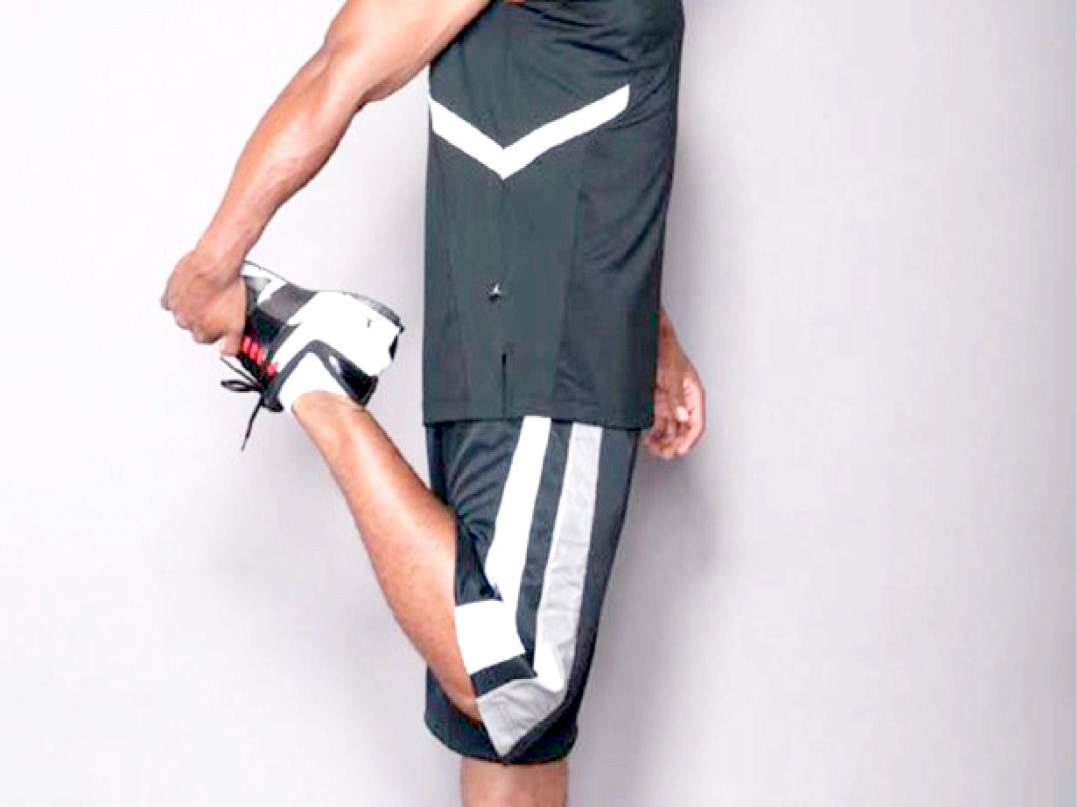2 more things that hurt your spine
Back pain is everywhere. Physiotherapists estimate nearly eight in every 10 people around you lives with one form of back pain or another. So that back pain or stiffness in your lower back isn’t peculiar to you. We covered three daily activities that hurt spine in the first instalment—from sitting too long and fixating on […]

Back pain is everywhere. Physiotherapists estimate nearly eight in every 10 people around you lives with one form of back pain or another. So that back pain or stiffness in your lower back isn’t peculiar to you.
We covered three daily activities that hurt spine in the first instalment—from sitting too long and fixating on your smartphone to sleeping on your stomach.
But there are two more activities you do without thinking. They still hurt your spine, but there are things you can do to break those activities.
Lifting from the floor. I once had a client who came to me complaining of back pain when he bent low to carry his three-year-old daughter who was running to welcome him. How we lift or carry even the lightest of grocery bags is important. Starting with lifting from the floor to carrying them from our trolley into the car or even the school bags or office bags we carry are very important. Similarly carrying unbalance bags while carrying heavy grocery bags is usually not acceptable and can harm your spine.
Most people are in the habit of bending down to pick up heavy object without bending the knees. This posture can exert pressure on the spine and can harm you in many ways from back pain to severe slipped disc, we usually recommend that to prevent this, bend both knees before lifting heavy objects from the floor and also remember to balance up until you get to where you intend to place them.
Doing sit-ups. While it is often a thing of joy for many to associate with being fit, slim and often do away with pot belly or tummy fats, we have a lot of people doing it the difficult and often painful way. Trust me it does not always end well.
Last week I received an email from a client complaining about severe backache after doing sit ups. A very common question for most people who want to remain active and want to exercise. But the problem is doing it in a manner that will place undue strain and stress to the back. Sit-ups are very popular and they are usually the go-to exercise for many; they can be really effective if done correctly.
If you are doing sit-ups and you discover that your back is feeling what it shouldn’t be feeling then you must be doing something incorrectly.
One of the most common mistakes we see people make when performing these types of exercises is ‘hyperextension’ (this is when your hips aren’t tucked under causing a curve in the spine). If you can focus on keeping your tailbone (hips) tucked under, drawing your belly button towards the spine, this will help alleviate back pain and prevent it from getting worse. Exercise to strengthen or make the abdominal muscles strong and flat are regarded as core exercise and what makes up your core is your abdominal muscles and lower back muscle of which are supposed to be strong for you to do the exercise successfully. Back pain during this exercise is a sign your back is too weak to participate. Then you need to look at safer, less strenuous exercise that can help you achieve your core strength.
However, the good news is that there are plenty of simple ways you can strengthen your core without straining your back.
Another helpful tip to keep in mind is to remember that the lower back needs to remain ‘glued’ to the floor for the majority of exercises involving the abdominals.
When your back comes off of the floor, your back is in a vulnerable position.
Exercises like dead bugs, gluteus bridges and planks, (so long as you perform them with your hips tucked under with your core and gluteus engaged), are all great examples of movements that will help strengthen your back and entire core along with decreasing your chances of getting any injuries. To get familiar with the feeling of planting your lower back on the ground, lay on your back with your legs in the air, squeezing a block or tennis ball between your legs. Try to flatten your low back to the ground.
Slowly start to lower your legs, squeezing around the block/tennis ball (a slight bend of the knees is fine).
Just before you feel your low back try to lift off of the ground, squeeze the block, push the low back toward the ground underneath you, and take three deep breaths.
Then slowly raise your legs back up to the starting position.
Courtesy: Dr Eze Nnamdi Charles, DPT, MSc
